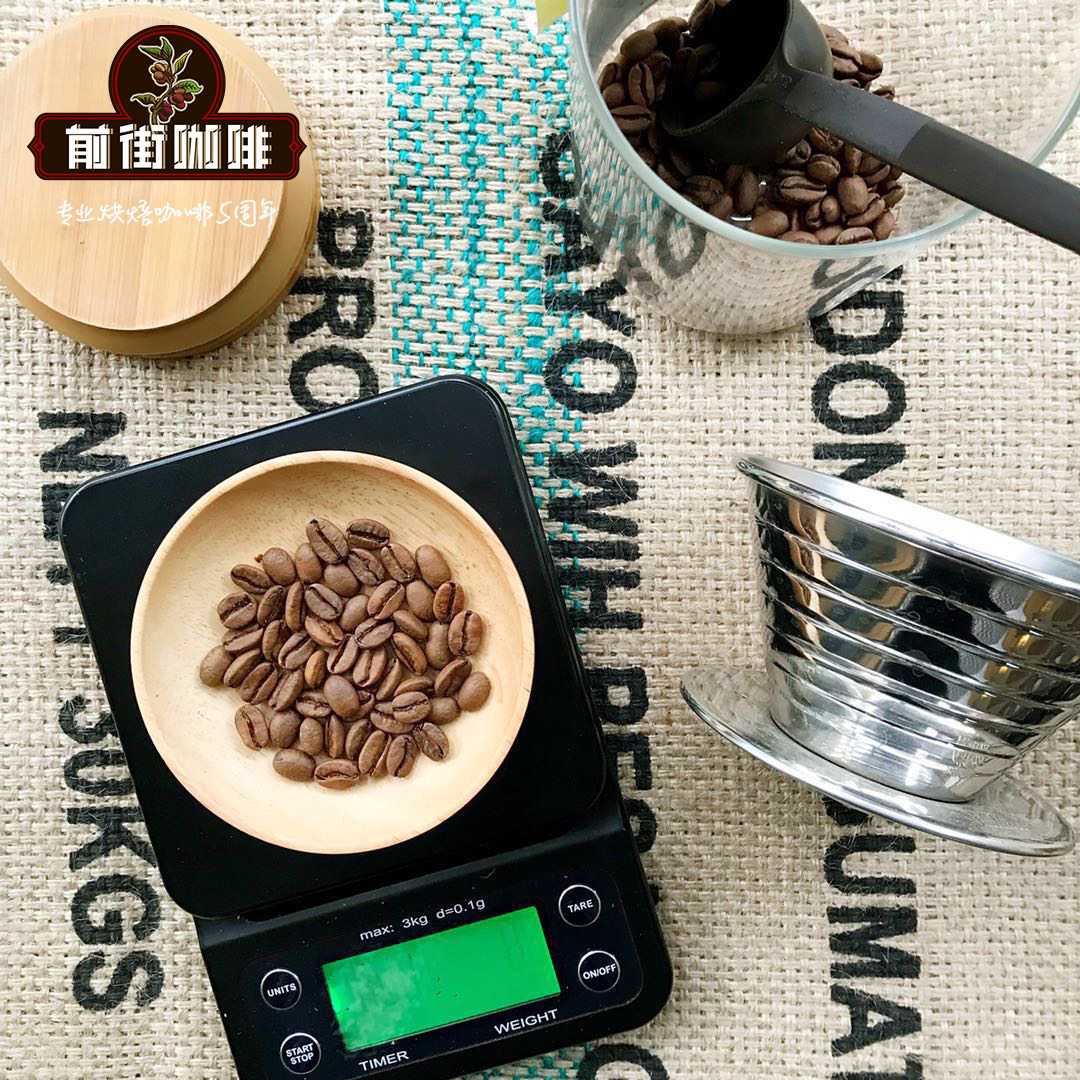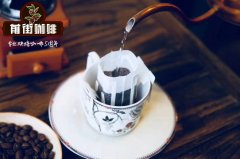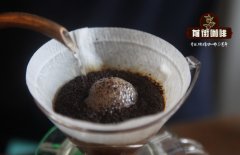Introduction of strawberry flavor in experimental batches of anaerobic treatment

The estate is located in the city of Bol í var in Antioquia, Colombia. Juan Saldarriaga owns more than 18 hectares of coffee. The full-time staff is three, managed by Juan, and there are about 60 seasonal workers during the harvest.
The micro batch prepared by anaerobic experiment is only 5 kg. We roast 250g in batches with a small Coffeetool drum roaster for competitive coffee.
It is only composed of Castillo (Castillo) and is obtained by anaerobic fermentation, that is, fermentation under anaerobic conditions. For this kind of nano batch, the process of use is as follows:
Cherries are picked by hand all day.
In the evening, we put the coffee fruit in the sink to screen out the unqualified fruit, and then use a peeling machine to remove the skin and mucus.
The resulting beans were fermented in an airtight steel tank with water for 96 hours.
At the end of fermentation, the beans were dried on an elevated bed for three days.
Finally, remove the parchment and put the coffee beans in a 5-kilogram bag.
The anaerobic process used in this experiment is different from that tested in another Nano batch we described earlier because the pulp was completely removed before fermentation. In the cup test, this can have a big impact: in this case, they taste like strawberries, green apples and almond milk.
The roasting features we developed for this coffee are lightweight and respectable and are designed for exquisite filter extraction.
Country of origin: Colombia
Region: Ciduad Bolivar, Antioquia
Farm: Claudia Manor
Altitude: 1320-1870 m
Variety: Castillo
Processing method: anaerobic fermentation for 96 hours
Cup test flavor: strawberry, green apple, almond milk
Important Notice :
前街咖啡 FrontStreet Coffee has moved to new addredd:
FrontStreet Coffee Address: 315,Donghua East Road,GuangZhou
Tel:020 38364473
- Prev

How do you treat Katim flavor by anaerobic fermentation in Carlos Farm, Copan Province, Honduras?
Carlos Alfredo Estevez (Carlos Alfredo Estevez) is a second-generation coffee farmer headquartered in Cocun, Corpan, Honduras. Carlos's parents planted all kinds of crops all their lives, from sugar cane to tobacco, riding the wave of price fluctuations until they finally settled down to grow coffee, which for their generation
- Next

Taste characteristics of Essex Giambela Coffee what is the change in the flavor of coffee beans in the new season?
Name: Huakui 4.0 country: Ethiopia production area: Sidamo Gujimbela production area processing Plant: Bucu BUKU altitude: 2350m Variety: Dega processing method: tanning Cup Test Flavor: sweetness of citrus fruits, ripe fruits, blueberries and raisins, and tropical fruit acids similar to mango
Related
- Detailed explanation of Jadeite planting Land in Panamanian Jadeite Manor introduction to the grading system of Jadeite competitive bidding, Red bid, Green bid and Rose Summer
- Story of Coffee planting in Brenka region of Costa Rica Stonehenge Manor anaerobic heavy honey treatment of flavor mouth
- What's on the barrel of Blue Mountain Coffee beans?
- Can American coffee also pull flowers? How to use hot American style to pull out a good-looking pattern?
- Can you make a cold extract with coffee beans? What is the right proportion for cold-extracted coffee formula?
- Indonesian PWN Gold Mandrine Coffee Origin Features Flavor How to Chong? Mandolin coffee is American.
- A brief introduction to the flavor characteristics of Brazilian yellow bourbon coffee beans
- What is the effect of different water quality on the flavor of cold-extracted coffee? What kind of water is best for brewing coffee?
- Why do you think of Rose Summer whenever you mention Panamanian coffee?
- Introduction to the characteristics of authentic blue mountain coffee bean producing areas? What is the CIB Coffee Authority in Jamaica?

